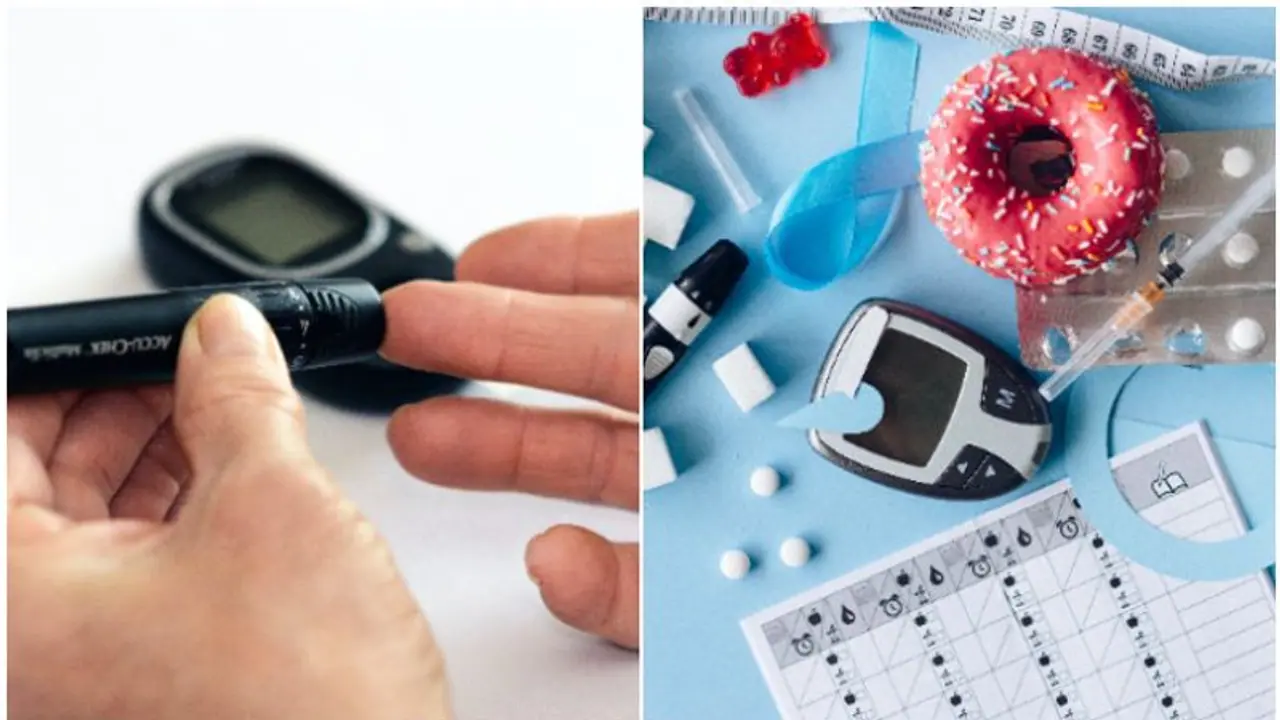Discover practical strategies to control borderline diabetes (prediabetes) through a balanced diet, exercise, stress management, and more. Take charge of your health and prevent progression to type 2 diabetes.
Borderline diabetes, also known as prediabetes, is a condition in which blood sugar levels are higher than normal but not yet high enough to be diagnosed as type 2 diabetes. It's a critical stage that provides an opportunity to make lifestyle changes and prevent the progression to full-blown diabetes. Small but consistent changes in your lifestyle can make a significant difference in controlling your blood sugar levels and reducing the risk of progressing to type 2 diabetes. Remember that your health is a priority, and by taking proactive steps now, you can pave the way for a healthier future. Always consult your healthcare provider before making significant changes to your diet, exercise routine, or medication.

Here are seven tips to help you control borderline diabetes:
1. Healthy Eating Habits
One of the most effective ways to manage borderline diabetes is through a balanced and nutritious diet. Focus on whole foods such as vegetables, fruits, lean proteins, whole grains, and healthy fats. Avoid or limit processed foods, sugary snacks, and refined carbohydrates. Portion control is crucial – aim for smaller, frequent meals to help stabilize blood sugar levels.
2. Monitor Carbohydrate Intake
Pay close attention to carbohydrate consumption, as carbohydrates have a direct impact on blood sugar levels. Choose complex carbohydrates with a low glycemic index, as they are digested more slowly and lead to a gradual rise in blood sugar. Fiber-rich foods, like beans, lentils, whole grains, and vegetables, are excellent choices.
3. Regular Physical Activity
Engaging in regular physical activity can significantly improve insulin sensitivity and help regulate blood sugar levels. Aim for at least 150 minutes of moderate-intensity aerobic activity per week, such as brisk walking, swimming, or cycling. Additionally, include strength training exercises to build muscle mass, which can aid in glucose metabolism.
4. Weight Management
Maintaining a healthy weight is crucial for managing borderline diabetes. Even a modest weight loss of 5-10% can have a positive impact on blood sugar levels. Combine a balanced diet with regular exercise to achieve and maintain a healthy weight.
5. Stress Management
Chronic stress can contribute to elevated blood sugar levels. Practice stress-reduction techniques such as meditation, deep breathing, yoga, or engaging in hobbies you enjoy. These activities can help lower stress hormones and improve overall well-being.
6. Adequate Sleep
Prioritize getting 7-9 hours of quality sleep each night. Poor sleep can disrupt hormonal balance and lead to insulin resistance, exacerbating prediabetes. Establish a bedtime routine and create a comfortable sleep environment to improve sleep quality.
7. Regular Monitoring and Medical Check-ups
Schedule regular visits with your healthcare provider to monitor your blood sugar levels and overall health. They can provide valuable guidance and may recommend specific interventions if needed. If necessary, your doctor may prescribe medication to help manage your blood sugar levels.
